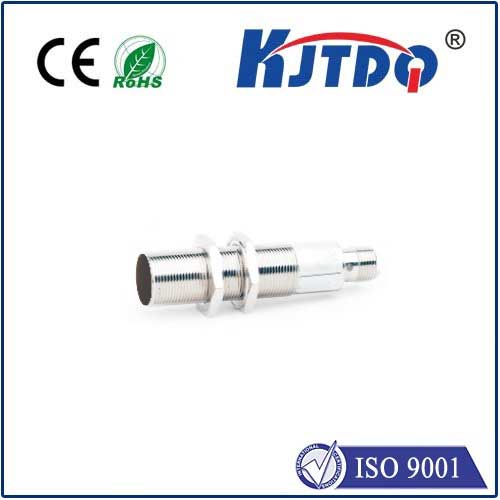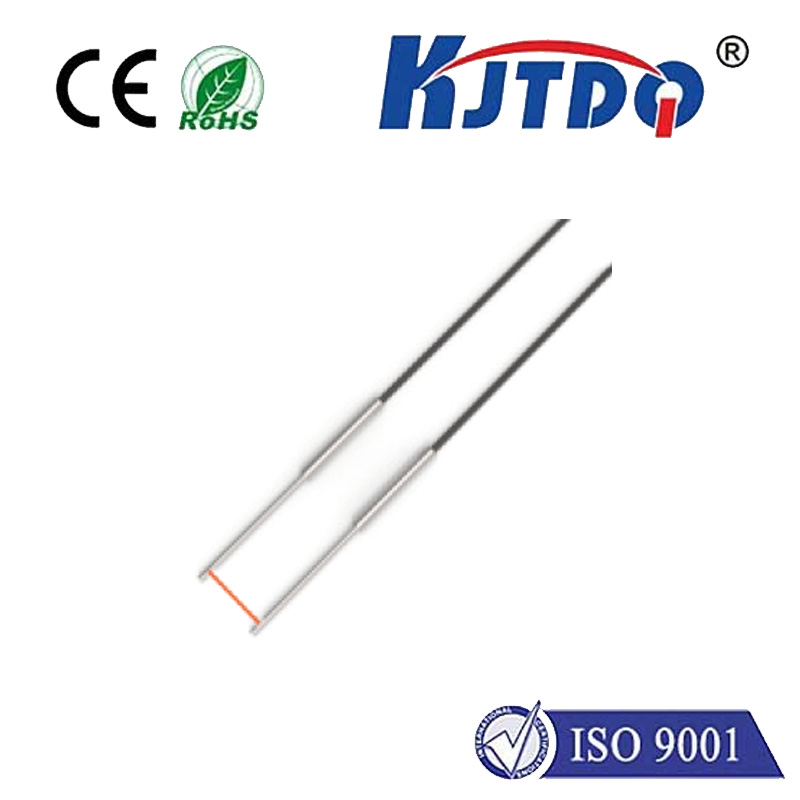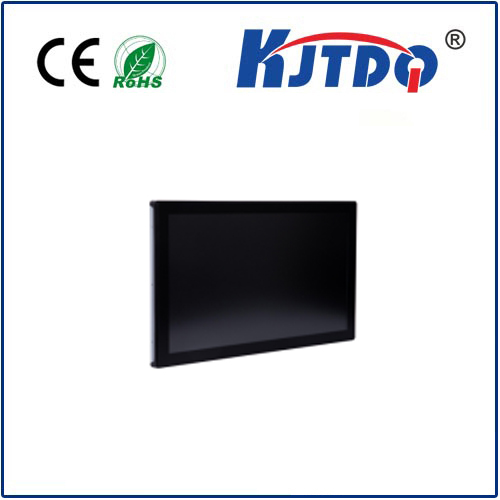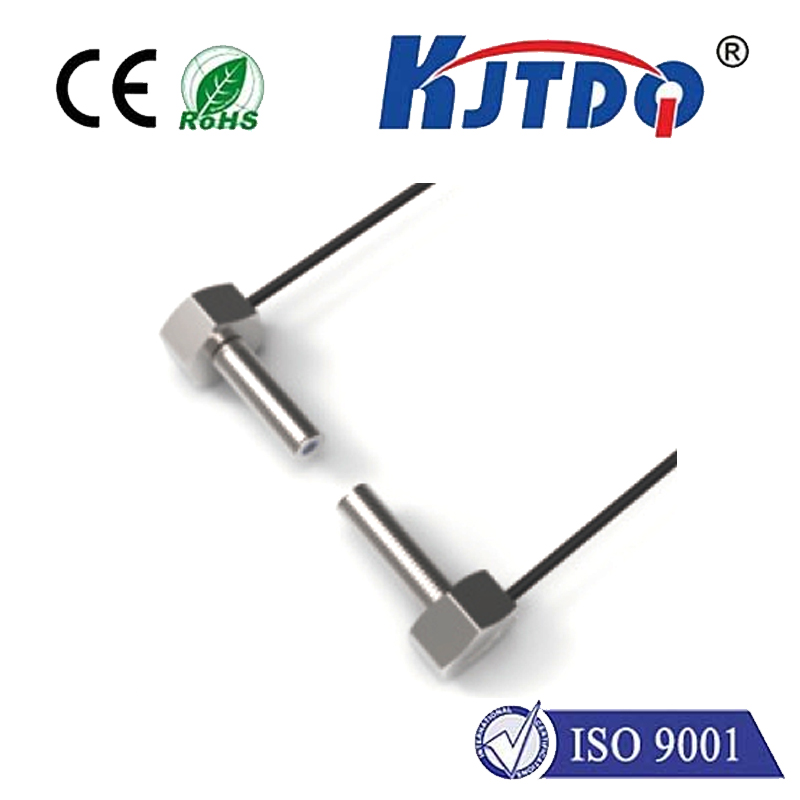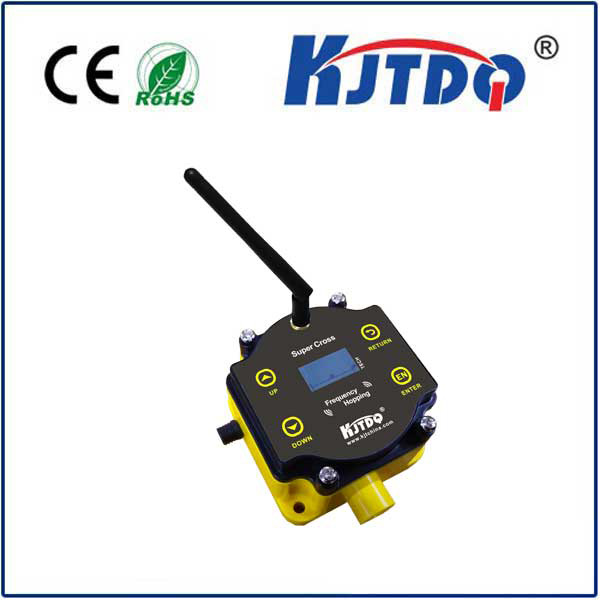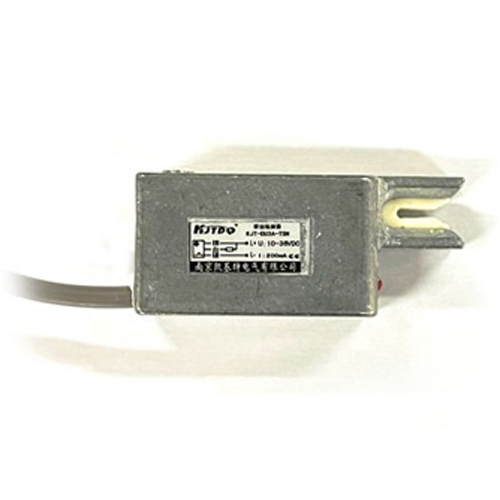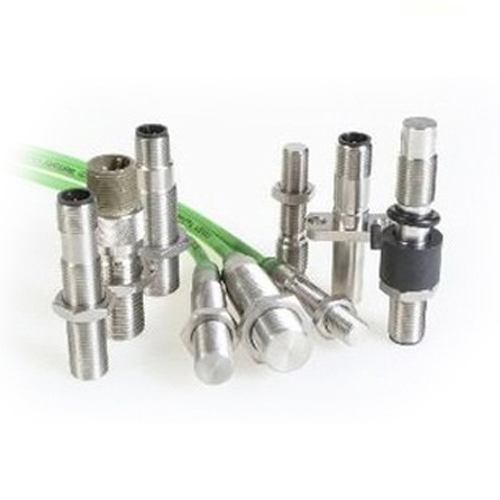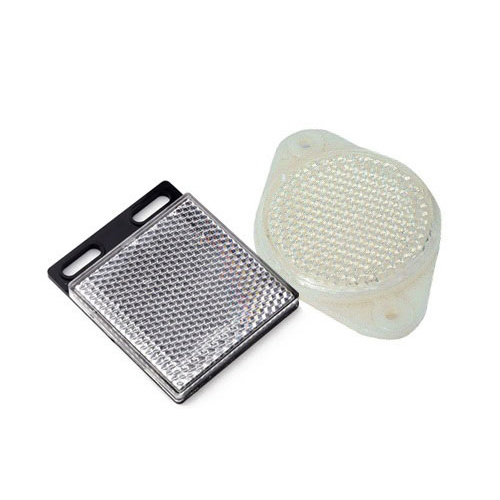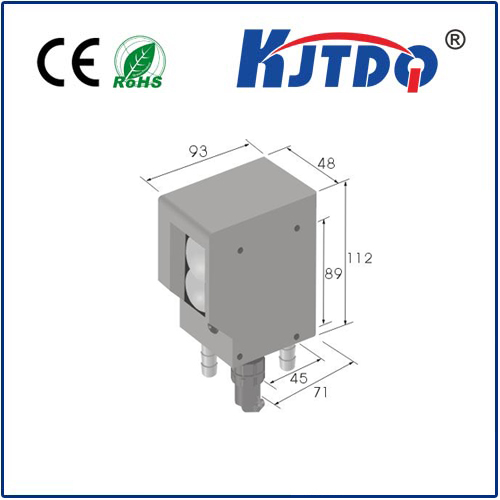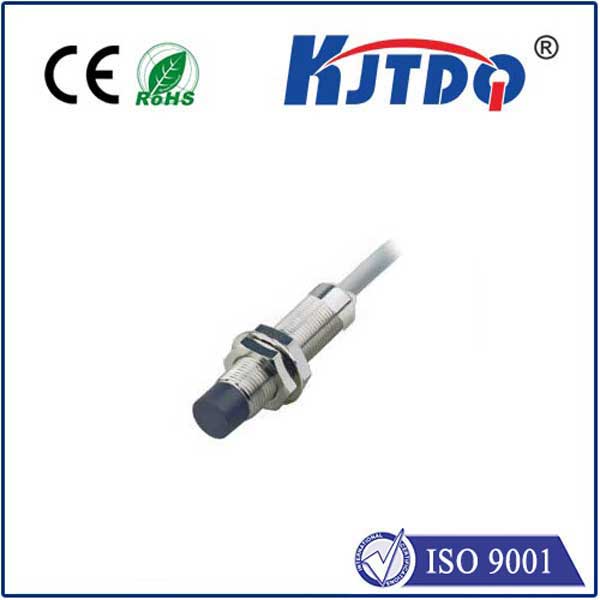types of laser sensors
- time:2025-08-29 00:00:08
- Click:0
Unveiling the Invisible: Your Guide to 6 Essential Types of Laser Sensors
Imagine a world without precise measurements, automated factories, or self-driving cars. It’s a world much less efficient, less safe, and far less innovative than the one we inhabit. At the heart of countless modern marvels lies an often unseen but critical technology: the laser sensor. These sophisticated devices harness the unique properties of laser light – its coherence, directionality, and monochromaticity – to perform incredibly accurate tasks like distance measurement, vibration analysis, object detection, and surface profiling. Understanding the different types of laser sensors is key to unlocking their potential across diverse applications, from the meticulous precision of semiconductor manufacturing to the rugged demands of automotive safety systems.

While “laser sensor” is a broad term, they are primarily distinguished by the fundamental principle they use to gather information. Let’s delve into the six most prominent types of laser sensors shaping our technological landscape:
- Laser Triangulation Sensors: Masters of Precision Displacement
These are arguably the most common type of laser sensor used for distance and displacement measurement in industrial settings. They work on the geometric principle of triangulation. A laser diode projects a focused spot onto a target surface. The reflected light is then captured by a position-sensitive detector (PSD) or a CMOS/CCD sensor located at a known angle relative to the laser emitter. As the target distance changes, the position of the reflected spot shifts on the detector. Sophisticated onboard electronics calculate the exact distance based on this angle and the known baseline distance between the emitter and detector.
- Pros: High accuracy, high resolution, excellent for short to medium ranges.
- Cons: Performance can be affected by surface reflectivity, color, and angle; requires a relatively unobstructed view.
- Key Applications: Automated inspection (thickness, height, presence), fill level control, part positioning on assembly lines, 3D scanning, vibration monitoring.
- Laser Time-of-Flight (ToF) Sensors: Gauging Distance with Light Speed
True to their name, these sensors measure how long it takes for a laser pulse to travel to a target and bounce back. Since the speed of light is a known constant, the sensor calculates the distance based purely on the elapsed time:
Distance = (Speed of Light × Time of Flight) / 2. The key challenge is measuring incredibly short time intervals precisely. Modern ToF sensors often use fast electronic “stopwatches” or phase-shift measurement techniques for continuous-wave lasers to achieve this.
- Pros: Good for medium to longer ranges, relatively immune to target reflectivity variations, measures distance directly without complex geometry.
- Cons: Typically lower resolution and accuracy compared to triangulation over short distances, can be sensitive to ambient light interference.
- Key Applications: Bin picking robotics, AGV navigation, warehouse automation, pedestrian detection in automotive systems, basic object detection, gesture recognition.
- Confocal Chromatic Sensors: Conquering Difficult Surfaces
This ingenious type of laser sensor solves the problem of measuring highly reflective, transparent, or steeply angled surfaces that baffle other techniques. It uses a special optical configuration and white light (or broad-spectrum laser) source. Different wavelengths of light are focused at different distances by the lens system. Only the wavelength perfectly focused on the target surface will pass efficiently back through a confocal aperture to the detector. By analyzing the wavelength that returns with maximum intensity, the sensor determines the exact distance to the target.
- Pros: Exceptional for measuring challenging surfaces (glass, liquids, mirrors, high-gloss metals), high resolution and accuracy, relatively insensitive to angle.
- Cons: Typically has a shorter measurement range than other methods, more complex optical setup.
- Key Applications: Measuring transparent film thickness, semiconductor wafer inspection, precision medical devices, automotive glass inspection, surface roughness analysis on reflective parts.
- Laser Interferometry Sensors: The Gold Standard for Nano-Accuracy
When ultimate precision is non-negotiable, laser interferometers reign supreme. They exploit the wave properties of light, specifically interference patterns created when two laser beams combine. One beam (reference) travels a known path, while the other (measurement) reflects off the target. Any change in the target’s position alters the path length of the measurement beam, causing a shift in the interference fringes when it recombines with the reference beam. Counting these incredibly fine fringe shifts allows displacement measurement with nanometer or even sub-nanometer resolution.
- Pros: Unparalleled accuracy and resolution, very large measurement ranges possible, direct traceability to the wavelength of light.
- Cons: Complex, expensive, sensitive to environmental conditions (air turbulence, temperature, vibration), requires a cooperative target (often retroreflector).
- Key Applications: Precision machine tool calibration (CNC), semiconductor lithography stage positioning, metrology labs, aerospace component testing, gravitational wave detection (LIGO).
- LiDAR Sensors: Painting the World in 3D Points
LiDAR (Light Detection and Ranging) has exploded in popularity, especially for autonomous navigation. While technically using many of the principles above (primarily ToF), it deserves its own category. A laser LiDAR sensor rapidly scans a pulsed or modulated laser beam across its field of view. By measuring the return time for each pulse (ToF) and knowing the beam’s direction, it constructs a detailed 3D point cloud map of the surrounding environment with depth and spatial awareness far beyond simple 2D cameras.
- Pros: Excellent environmental mapping in 3D, works well in various lighting conditions (including darkness).
- Cons: Can be expensive (though costs falling), performance can degrade in heavy fog, rain, or snow, large data volumes require significant processing.
- Key Applications: Autonomous vehicles (cars, drones, robots), topographic mapping, forestry management, archaeology, infrastructure inspection, collision avoidance.
- Laser Doppler Vibrometers (LDV): Listening with Light
This specialized type of laser sensor measures vibration velocity or displacement without touching the target. It relies on the Doppler Effect: the frequency of light reflected from a moving surface shifts slightly. An LDV splits a laser beam into a reference beam and a measurement beam directed at the vibrating surface. The returning measurement beam, frequency-shifted by the surface motion, recombines with the reference beam. The resulting interference generates a beat frequency, which is directly proportional to the vibration velocity.
- Pros: Non-contact measurement, extremely high sensitivity and frequency bandwidth, ideal for delicate or rotating objects, can measure tiny vibrations.
- Cons: Requires a reflective surface, typically line-of-sight measurement, complex signal processing.
- Key Applications: Structural health monitoring (bridges, buildings, aircraft), machinery fault diagnostics (bearings, turbines), acoustic analysis (speaker cones), MEMS device characterization, biomedical research.
Choosing the right type of laser sensor hinges crucially on the specific application requirements: the required precision, the measurement range, the target surface characteristics,






